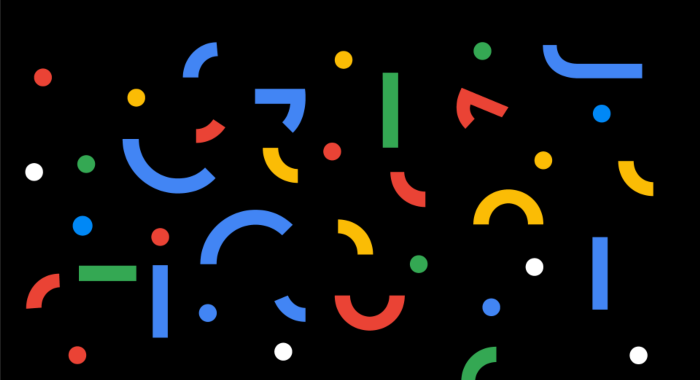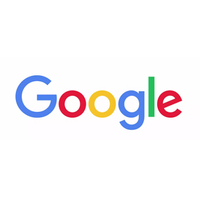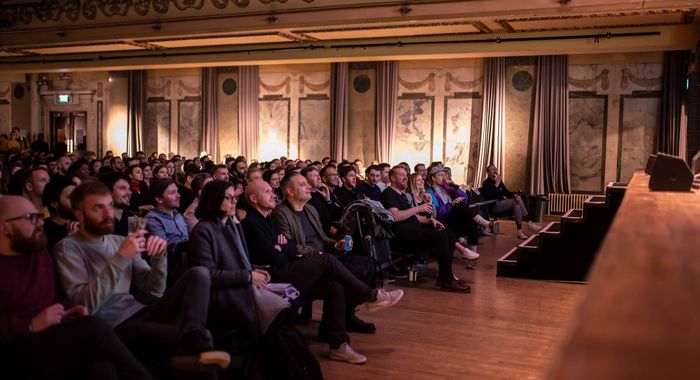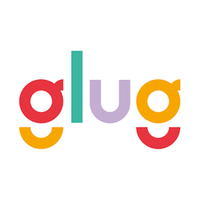Here’s an opportunity for you to get an insight into Glug’s speakers. I spoke to Hana Tanimura, Senior Designer at Google Creative Lab exploring the challenges she faces in her role and sharing the advice she has for others starting off their careers in the creative industry.
Hey Hana, why don’t you start by telling us a little about your role at Google?
I am a Senior Designer at Google Creative Lab in London, and I’ve been working here for about 4 and a half years now, in a small group of 28 people. Our role is to work across all of Google’s products and platforms and to imagine new ways to bring those products to life in unexpected ways. On the one hand, we work with Google’s marketing teams to service the company’s existing products – from Chrome, to Search, to Youtube, etc. While on the other hand we also work on “innovation” projects, which could come out of the Lab, or in partnership with engineers, production partners, etc. But everything we do is with the hope of inspiring people to create great things with our technology and remind the world what it is it loves about Google.
Have you seen a huge evolution in the tech over this time at Google?
Yes, definitely. As a designer, I think I joined at a really interesting time. Google is a tech company first and foremost, and it wasn’t until about 6 or so years ago that it started taking visual design very seriously across the board. Most recently this new focus on design has affected the Google brand, with our new logo – and it has been interesting to see how the rebrand goes on to affect everything we do, including our products. Material Design has been a huge leap forward for us too. Smart technology and great design is an incredibly powerful combination… and I don’t think anyone in this industry underestimates the power of design anymore.
It must be challenging to cater for everyone’s needs when you have a product that is completely accessible to everyone?
Each of Google’s products is designed to be accessible to as many people as possible because the company’s philosophy is to make things for everyone. And, as you rightly mentioned, this can pose a lot of design challenges. When you have a small audience to cater for, it’s much easier to establish a clear understanding of that group’s needs, interests, behaviours, and preferences. When you’re designing something that’s intended for “everyone” – it’s a lot more difficult. But what this does is force us to be more disciplined about breaking complex things down into simple ones. Whenever we start a new project in the Lab, we try to articulate the core idea in 2 basic ways: in a sentence, and as a poster. If the poster is not so simple that a stranger would understand what it’s about just from walking by it, then it’s not simple enough. Until we’ve cracked that simplicity, we don’t start building.
I bet that really makes you think outside the box and explore things very creatively. How would you define creativity?
Good question! I would argue that there isn’t one, single definition of creativity. But for me personally, creativity has two layers. It starts with curiosity: a desire to learn and know about things outside of your current knowledge. And then the next layer is application: taking that knowledge, and expressing it in some way that you feel will carry a message and communicate to other people… My definition sounds complicated. [Laughs] It would not be allowed on a Google poster!
You get the opportunity to explore a range of different design disciplines in Creative Lab. Is job variety something that is really important to you?
Yes, variety is one of the most important things for me personally. It’s something that drew me to Google in the first place, and it’s definitely something that will keep me here for a long time. There’s an expression that describes people as being “T-shaped”. It’s meant to describe people who have a core discipline, and expertise that run deep in that area – like design in my case for example. That core discipline forms the vertical axis of the letter “T”. And then, on the horizontal axis, you stretch out wide and touch loads of different subject areas, interests and skills. But those knowledge buckets are less profound than your core one. I don’t know a single creative person that this description doesn’t apply to, and who isn’t interested by other areas… So the challenge then becomes: how do you find a job that not only allows for, but also encourages you to explore those curiosities.
How highly do you value networking?
I think that, next to being a good person, working hard and having talent – it’s the most important thing you can do. And I think this is as true for people who are just starting out as it is for people who have been working for some years already. It’s easy to get sucked into your own little world and allow the work you do to take up more importance than it should. But if you’re regularly exposing yourself to the wider industry, you’re able to see the things that you’re working on in a larger context. So yes – I think networking is important in terms of jobs, but also in terms of just… keeping perspective.
What advice do you have for people starting their careers in the creative industries?
Go to lots of events, learn as much as you can, and expose yourself to as many different companies who are doing interesting stuff as you can. Soak it all up, reflect on it all – but always hold on to who you are. Remember what gets you excited, what you care about, what you think is actually important, and find a way to make sure you never neglect that. I’m not convinced that young creatives are encouraged, or given the opportunity to use their skills to make a positive impact in the world as often as they should be. I’d urge people to do it – to ask themselves what they can do, with all their intelligence and their talents, to make a difference. We’re more powerful and can have a much bigger impact than we might imagine.
Do you have any advice for building up resilience for when things don’t go to plan?
I wish there was a simple trick for that. But I think you just need to want to be good more than it hurts to be told that you’re not. It comes from within, you have to want to get better. People will tell you that you’re not good enough in a million ways along the way. Sometimes explicitly, sometimes subtly. Whenever this happens, you have to apply a little critical thinking and consider how much of it you want to take on. Rarely someone has told me that something I made was shit, without there being at least some truth to what they were saying. So I never disregard criticism. Critique in creative can be hard to hear because we pour so much of ourselves into the work. But if you can learn that the stuff you make doesn’t define you, then it’s a lot easier, and you’re a lot more likely to grow and improve.
Finally, do you pursue any personal projects outside of work?
As you will see in my talk, my main preoccupation outside of what I do as a designer is diversity. I’m driven to try to encourage people in positions of influence to incorporate diversity as part of their business, because they really believe in it, and not because they have a quota to meet. A “diverse” candidate could be someone who doesn’t have formal training, they could be a minority person of colour or just someone who had an unusual upbringing in some way… Hiring people with different backgrounds, who’ve had different life experiences, leads to better, more creative, more unique work.
Click here to find out more about Hana and her work with Google Creative Lab from her talk at Glug London or read the original article here.
We sponsor Glug because it’s a great environment for people to connect with one another and learn from others. Make sure you come and see us at an event if you’re after your next venture! We have plenty of digital and creative recruitment industry knowledge and experience to share.



